Black-eyed Susans, scientifically known as Rudbeckia, are synonymous with the warmth and vibrancy of late summer. Their sunny, yellow-orange petals and contrasting dark centers punctuate the landscape, attracting many of pollinators and bringing life to any garden. In addition to their ornamental appeal, they demonstrate a hardiness that makes them an excellent choice for both new and experienced gardeners.
This article provides comprehensive insights into their nature, cultivation, maintenance, and utilization in the landscape.
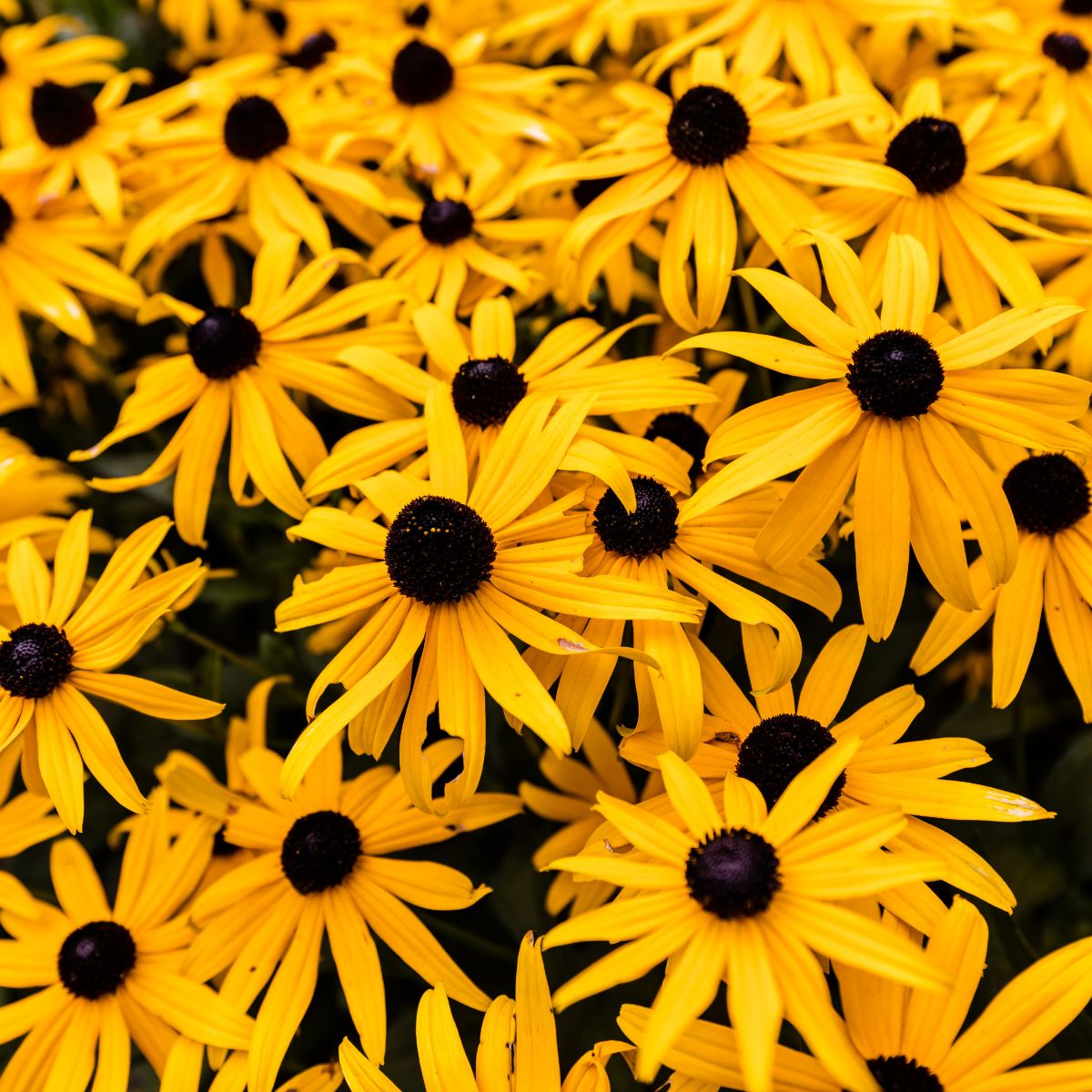
Read Next
Understanding Black-Eyed Susans
Black-eyed Susans are perennial wildflowers native to North America. They belong to the Rudbeckia genus, which contains around 25 species. Known for their bold colors and daisy-like blooms, they're a staple in many summer gardens.
They generally thrive in full sun, showcasing their classic golden-yellow petals and prominent black or brown conical centers.
The Various Species of Black-Eyed Susans
The Rudbeckia genus boasts a wide range of species and varieties, each bringing its own unique charm. Rudbeckia hirta, the most well-known species, is what people typically think of as the Black-eyed Susan.
Rudbeckia fulgida, also known as orange coneflower, is another popular variety. Several cultivars also provide gardeners with options for different sizes, hues, and bloom times.
Cultivating Black-Eyed Susans
Growing Black-eyed Susans is enjoyable, as these plants are forgiving and adaptable. They prefer full sun but can also tolerate partial shade, making them versatile additions to any garden.
They're also relatively drought-resistant but perform best in moderately moist, well-drained soils. Despite their toughness, they produce a profusion of blooms from midsummer to early fall, painting the landscape in hues of gold.
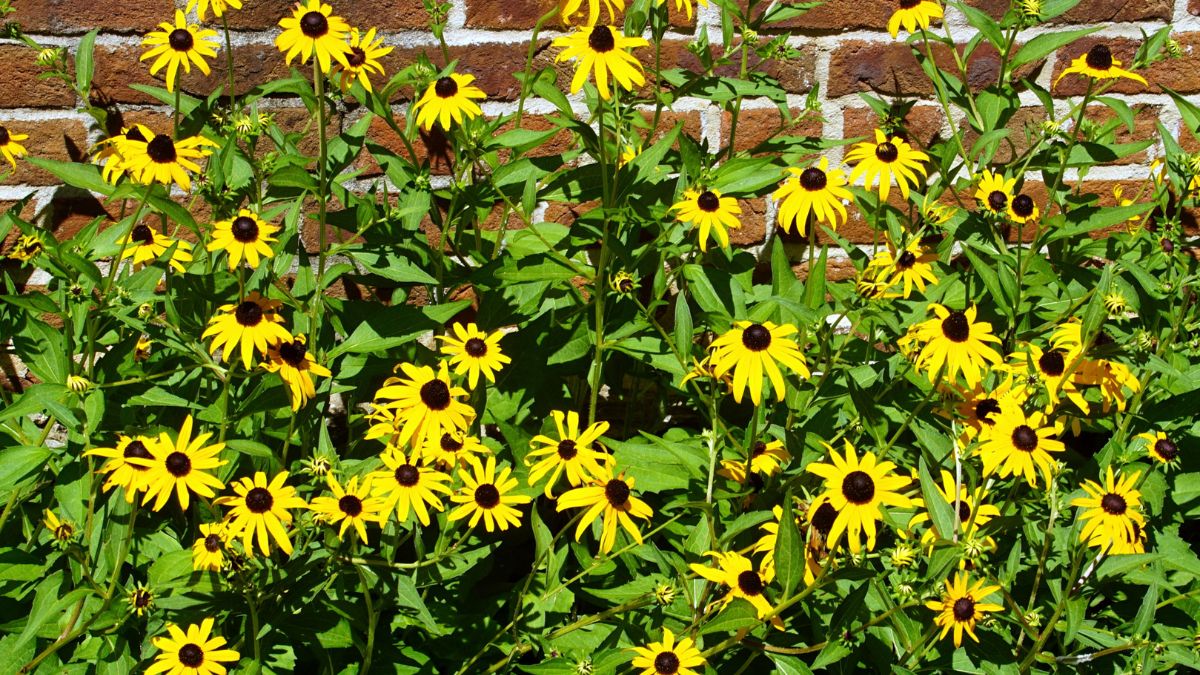


Maintaining Black-Eyed Susans
Caring for Black-eyed Susans is straightforward, thanks to their robust nature. Regular watering is necessary, especially in the first year of growth and during periods of drought.
An annual application of compost or organic fertilizer can enhance their vigor. Deadheading or removing spent flowers can encourage more blooms. In late fall, you can leave some seed heads intact to serve as a food source for birds.
Black-Eyed Susans in Landscape Design
Black-eyed Susans offer considerable flexibility in landscape design. Their radiant blooms and bushy growth habit make them excellent for borders, mass plantings, and as a backdrop in garden beds. They also add a vibrant touch to wildflower meadows and cottage gardens.
Moreover, they make attractive cut flowers, bringing a splash of sun to any floral arrangement. And their allure extends beyond humans; they're a favorite among bees, butterflies, and birds.
Black-Eyed Susans and the Environment
Planting Black-eyed Susans provides tangible benefits for local ecosystems. As native plants have adapted to local conditions over thousands of years, requiring fewer resources than non-native species.
They're an important nectar source for pollinators, contributing to biodiversity. By including these vibrant flowers in your garden, you're participating in the preservation of native plant species and supporting the health of local wildlife populations.
Conclusion
Embracing Black-eyed Susans in your garden adds a burst of color and activity and contributes to a balanced ecosystem. These sturdy yet beautiful flowers are a testament to nature's ability to create stunning visuals wrapped in resilience.
Whether you're a beginner exploring the joys of gardening or an experienced green thumb looking to diversify your plant palette, Black-eyed Susans are a rewarding choice that will

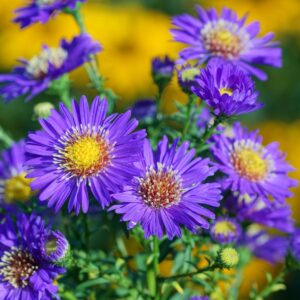
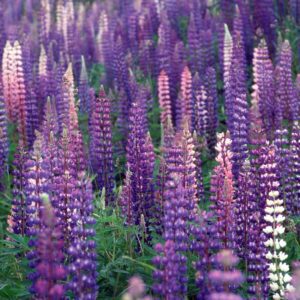
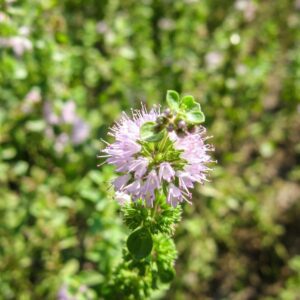
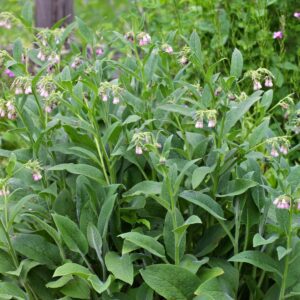
Comments
No Comments